How to Launch Your Next Tech Product for Free (Almost!)
Save article ToRead Archive Delete · Log in Log out
7 min read · View original · sitepoint.com
If you are a tech entrepreneur, you would know how difficult it is to get funding with just an idea! Most investors look for a minimum viable product (MVP) with some traction before they consider giving you their money. In this post, we look at how you can do it almost for free.
In this piece, we’ll cover online services that help you launch a product. Therefore, we have intentionally ignored labor costs involved in the development of a product. Developer costs are largely variable and depend on the kind of product being developed. This is also often the work of the co-founders, who work for equity rather than money.
Let’s take a look at some of the services that’ll help you launch your tech product.
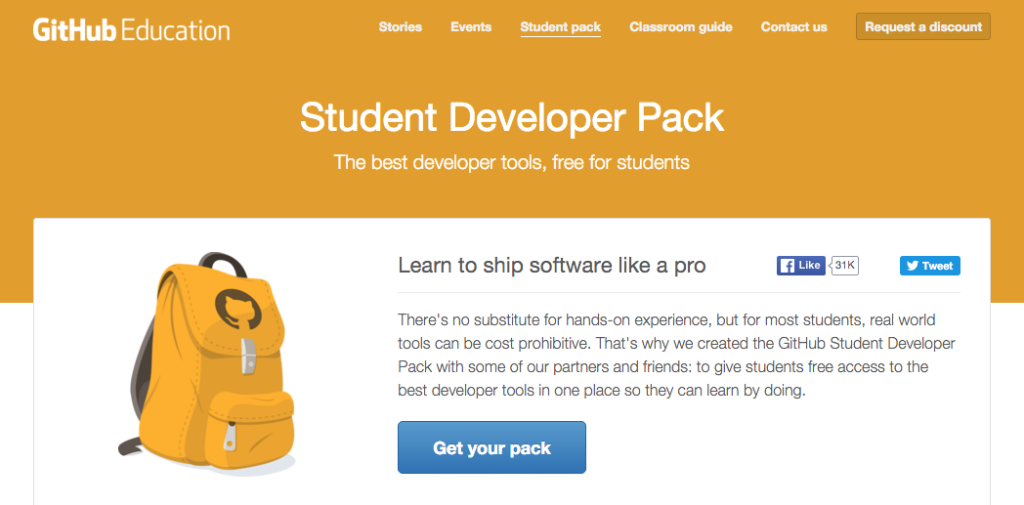
GitHub provides a set of tools for students under the GitHub Education Pack, some of which I will include in the discussion below. To register, you need to connect your college email ID with your GitHub account and apply. Approval usually takes a few days.
Domain Name
To build your tech product, you first need a domain. Although you can run on just an IP address if you are an app developer, it is generally advised to register your domain name as soon as you name your application.

Domain names can come in at around $10 a year, unless a discount is going on. Registrars like GoDaddy may also provide the first year for a cheaper price. The GitHub Education Pack provides a .me domain name free of cost from NameCheap for one year.
Business Email
Although there are many options out there for setting up your business email, one really great (ad-free) option is Zoho Email. Under the free plan, it provides you the option of setting up emails for one domain, gives you up to 25 email IDs and 5 GB of storage space per user. What’s even better is that by referring friends to Zoho Email, you can expand to 25 more users.
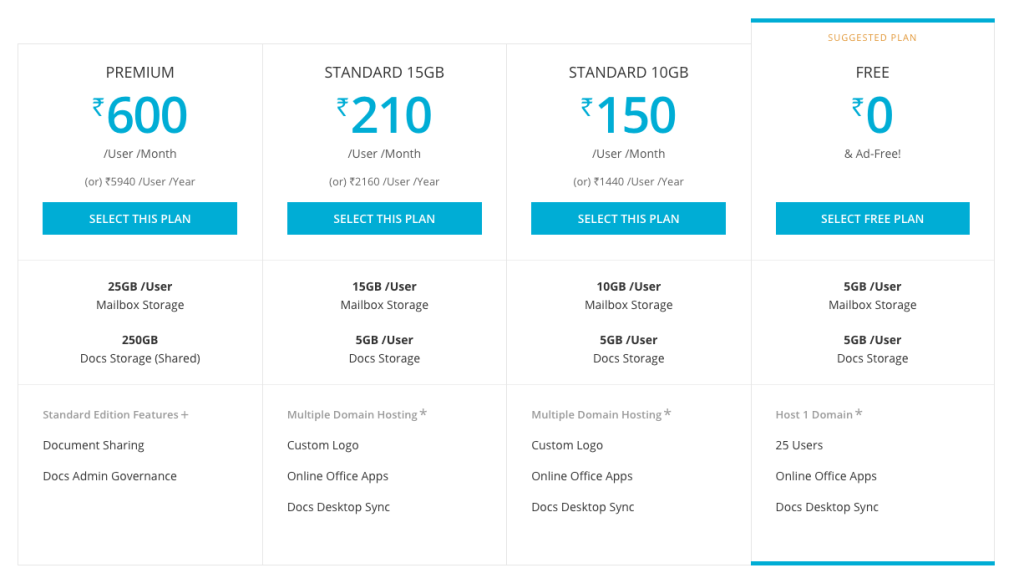
You may find it useful to set up forwarding from your business email ID to your personal email ID (such as Gmail). If you are on Gmail, you can also enable your account to send emails as your business email ID, essentially removing the need to login to your business email ID separately.
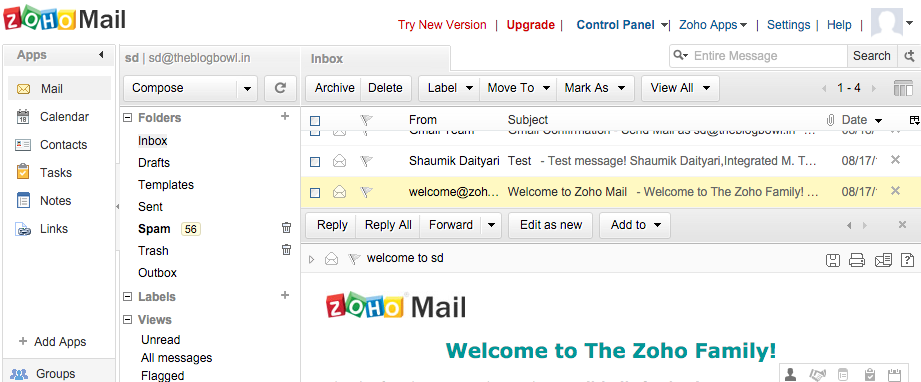
Static Website
Once you have purchased a domain name and set up your business email, you need to tell potential users about this great product or app that you are building. At this stage, you essentially need a static website with a countdown timer that gives users a glimpse of the awesomeness ahead.
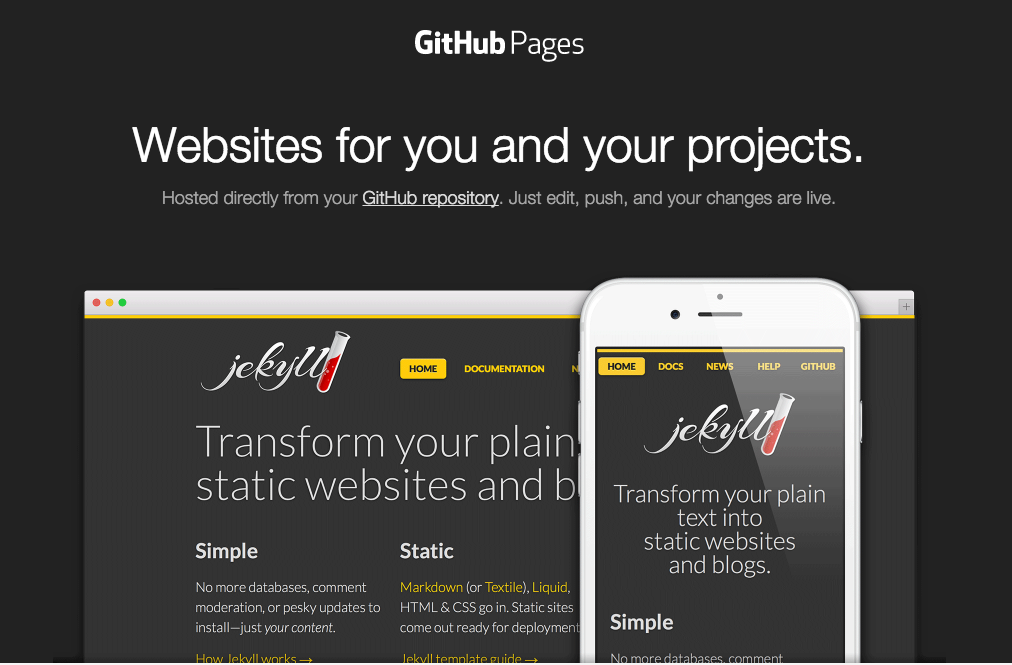
GitHub Pages lets you host static pages on their platform for free! All you need to do is put your HTML code in a repository and push it to GitHub on a branch named gh-pages . Further, you can even set up your custom domain to point to this website by following these instructions.
Beta Access Campaign
One problem with just a static site is that people often forget about it after some time. You may get them interested by offering them a chance to test your beta product (which may be available in some time, but isn’t quite ready yet). Prefinery is a service that allows you sign up users who are interested in your product. You can also set up referral campaigns to give users with more referrals early access using this service.

You can set it up for free, and view up to 200 users who’ve signed up for your product. If you cross that limit, Prefinery continues registrations, and you can view all the sign ups by choosing a higher plan if necessary.
Private Repository Hosting
Once you start developing your application, you may need to put the source code on the cloud to enable collaboration between the developers working on the project.

GitHub’s free account only allows public repositories, but the Student Pack includes a GitHub micro account worth $7/month, which allows you to have up to five private repositories while you are a student.
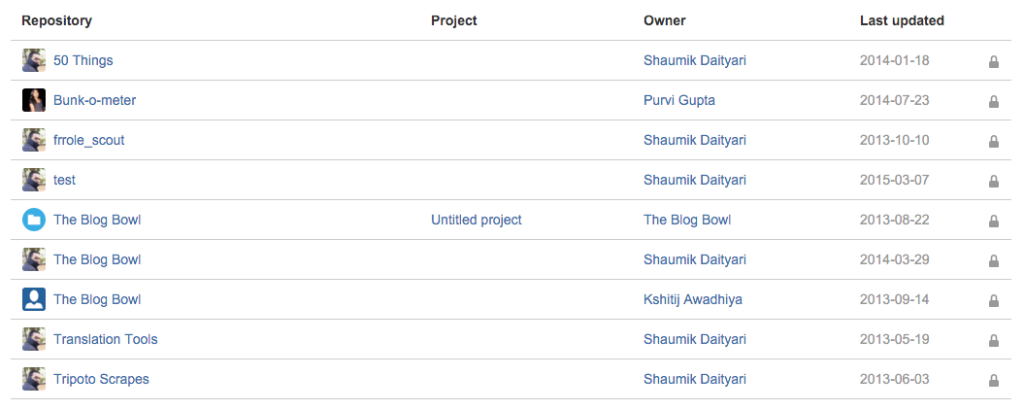
Alternately, services like BitBucket and GitLab allow you to create private repositories and collaborate with a distributed team.
Web Hosting
Once your product is ready to be launched, you need web hosting. In the case of an app, you would need a web hosting service to run an API. Typically, these costs are the highest.
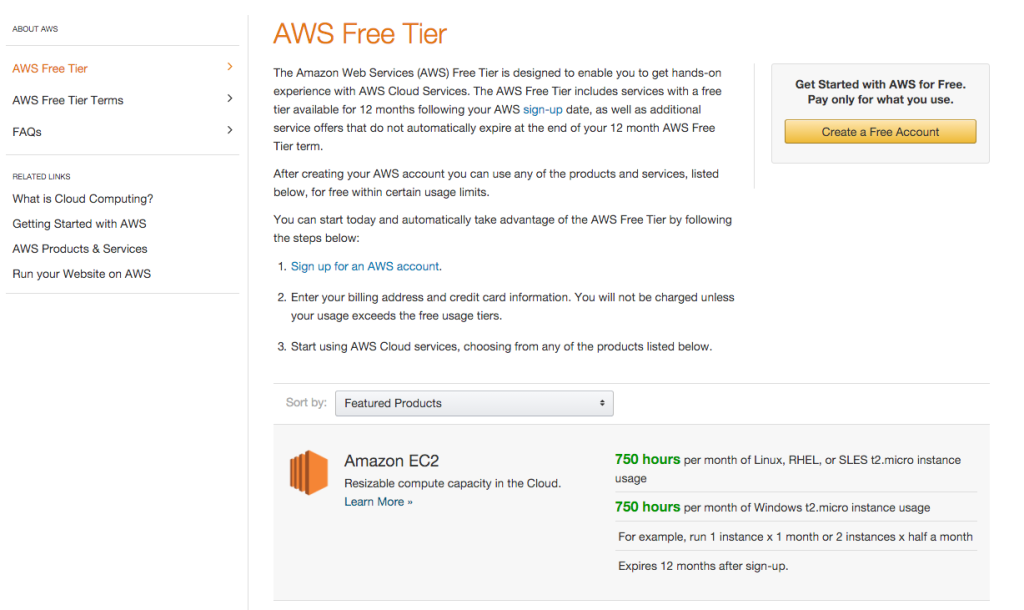
Amazon Web Services (AWS) provides a free tier, which lets you use its Elastic Cloud Computing (EC2) service for free for a period of 12 months. However, the catch is that only a T2 micro instance is provided, with severely constrained resources, which is not advised for production.
If you are just launching an MVP catering to a small user base, you don’t need much power.
The GitHub Education Pack provides $50 credits each for DigitalOcean and AWS, in case you need a more powerful instance for a short duration of time.
The Microsoft BizSpark program, designed for new startups, provides arguably the best web hosting resources for free. Getting approval from BizSpark is a relatively easy process and once approved, you get a dedicated point of contact at Microsoft, who helps you in case of any technical issues.

Under the BizSpark program, you get access to Microsoft Azure (which also runs Linux instances!), in addition to a host of other software services. You can use up to $150 per month (yes, you read that right!), which is enough to run an A3 instance, and also sign up for some dedicated technical support.
Website Uptime Monitoring
Once your product is up and running, it is advisable to monitor its uptime. Dynofy is a tool to monitor a website’s performance in real-time. In case your website is down, you are immediately notified.
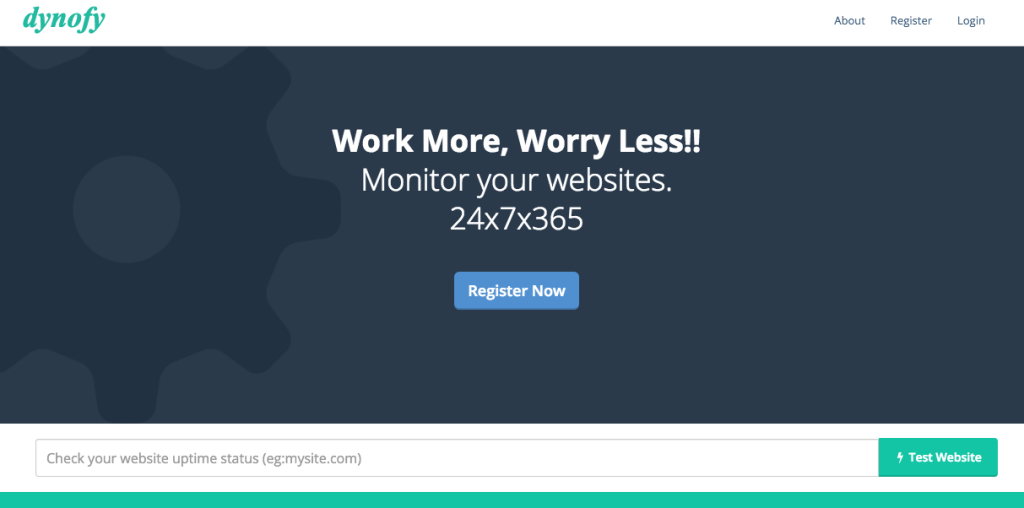
There are many free and cheap website monitoring services you may choose from.
Marketing Emails
When you have successfully launched your product, you need to tell potential users (and also the rest of the world) about it. Such marketing emails can be sent using an email service like MailChimp.
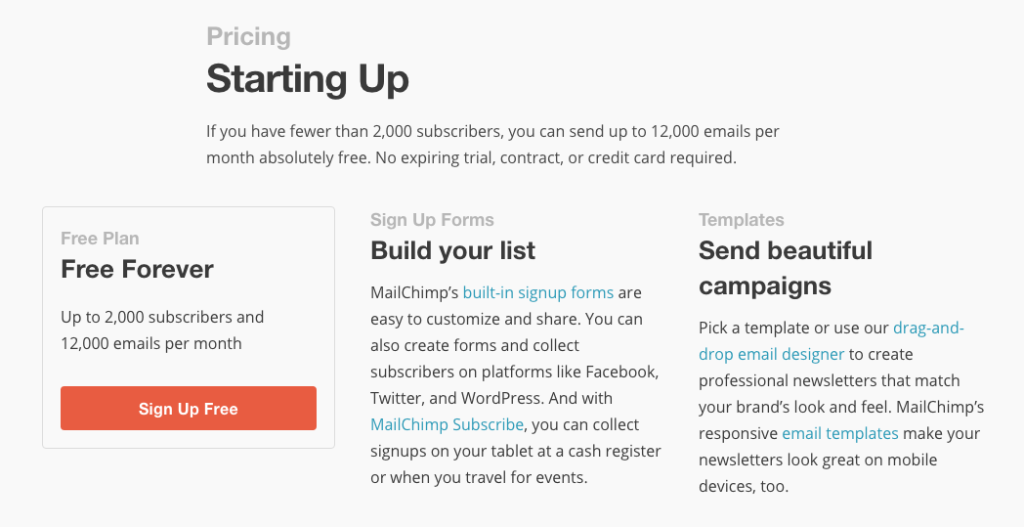
With MailChimp, you can create a list of up to 2000 subscribers, with a limit of 12,000 emails a month, for free. That should be enough, at least in the first few weeks from the release of your product.
Transactional Emails
MailChimp solves the problem of sending marketing emails, but transactional emails pose a different issue altogether.
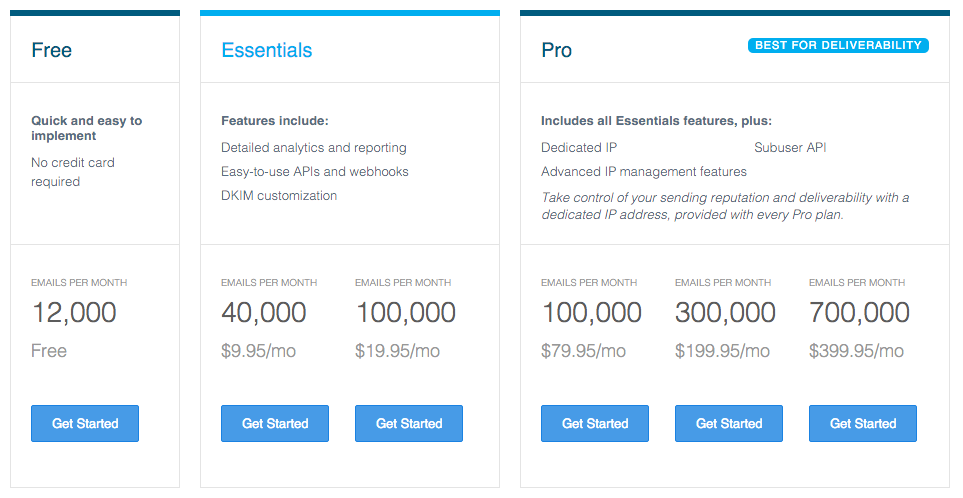
A free account with SendGrid allows you to send 1200 emails per month (transactional and marketing), but up to 200 transactional emails per day. After signing up, you may use their API to begin sending emails.
You may also send marketing emails through SendGrid, but keeping these two services separate helps you work with two limits — one each for transaction and marketing emails.
Customer Relationship Management
Launching your tech product comes with an added duty — customer service. When your product is in the nascent stage, customer issues are very frequent. Rather than managing and tracking customer requests on your site, you can do so through CRM software.
More from this author
Jacco reviewed the 5 best available CRM options some time back and three of them had a free plan. My personal favourite ZohoCRM makes an appearance in that list too!
Final Thoughts
Taking the leap of faith, leaving your comfortable job, is a difficult task. An entrepreneur has to deal with a lot of issues, and worrying about the costs for launching a tech product should not be one of them. Here’s hoping that this list helps solve a few of those issues.
Do you have better options for the services that we discussed? Do let us know in the comments below!